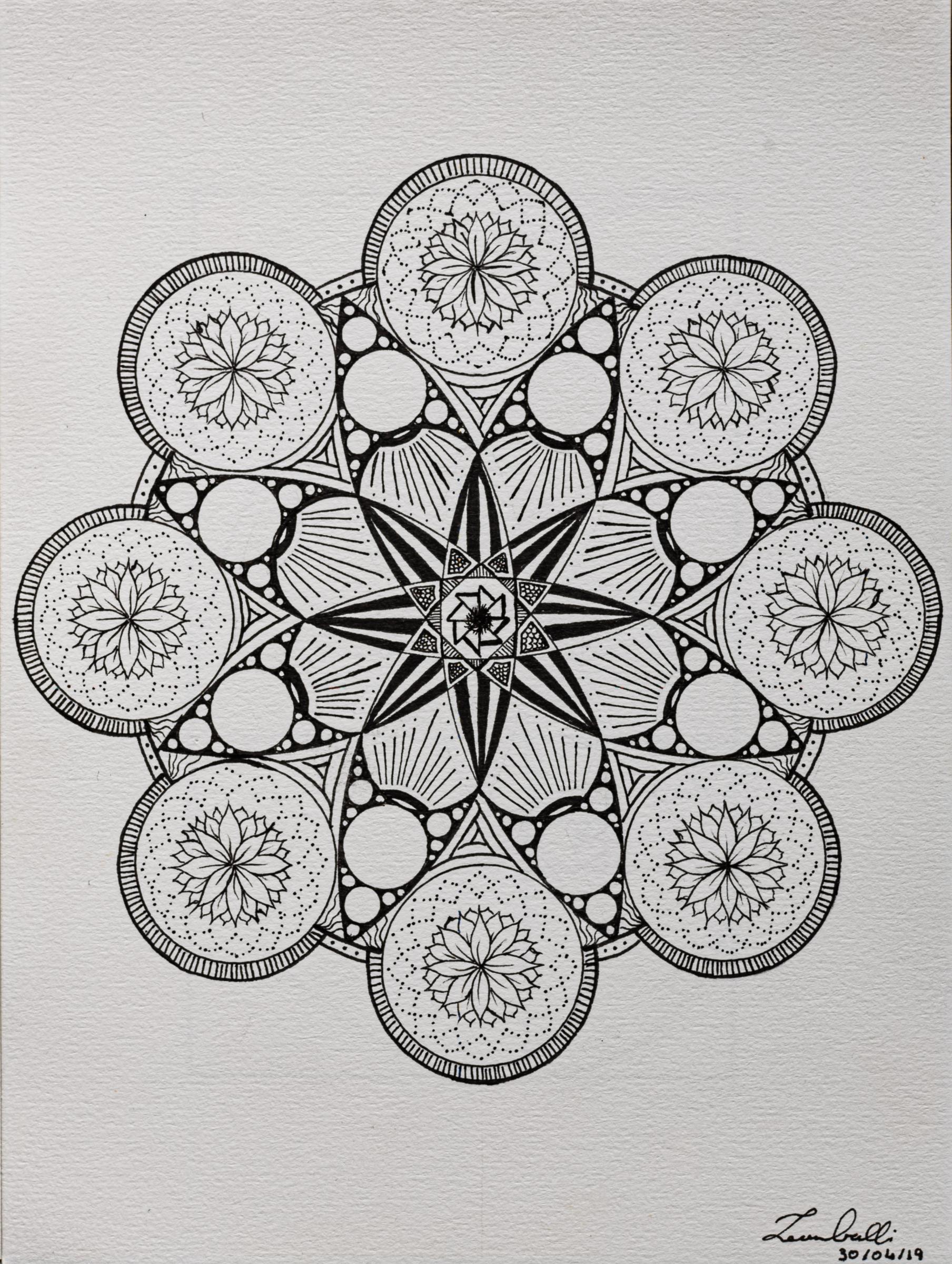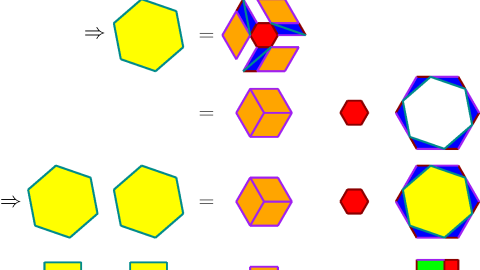Thu, 09 Jul 2020
16:00 -
17:00
Virtual
Characterising the set of (untruncated) signatures
Horatio Boedihardjo
(University of Reading)
Abstract
The concept of path signatures has been widely used in several areas of pure mathematics including in applications to data science. However, we remain unable to answer even the most basic questions about it. For instance, how to fully characterise the set of (untruncated) signatures of bounded variation paths? Can certain norms on signatures be related to the length of a path, like in Fourier isometry? In this talk, we will review some known results, explain the open problems and discuss their difficulties.
Hypergraph matchings and designs
Keevash, P
Proceedings of the International Congress of Mathematicians, ICM 2018
volume 4
3131-3154
(01 Jan 2018)



